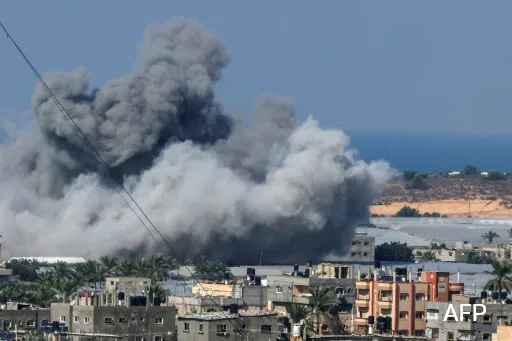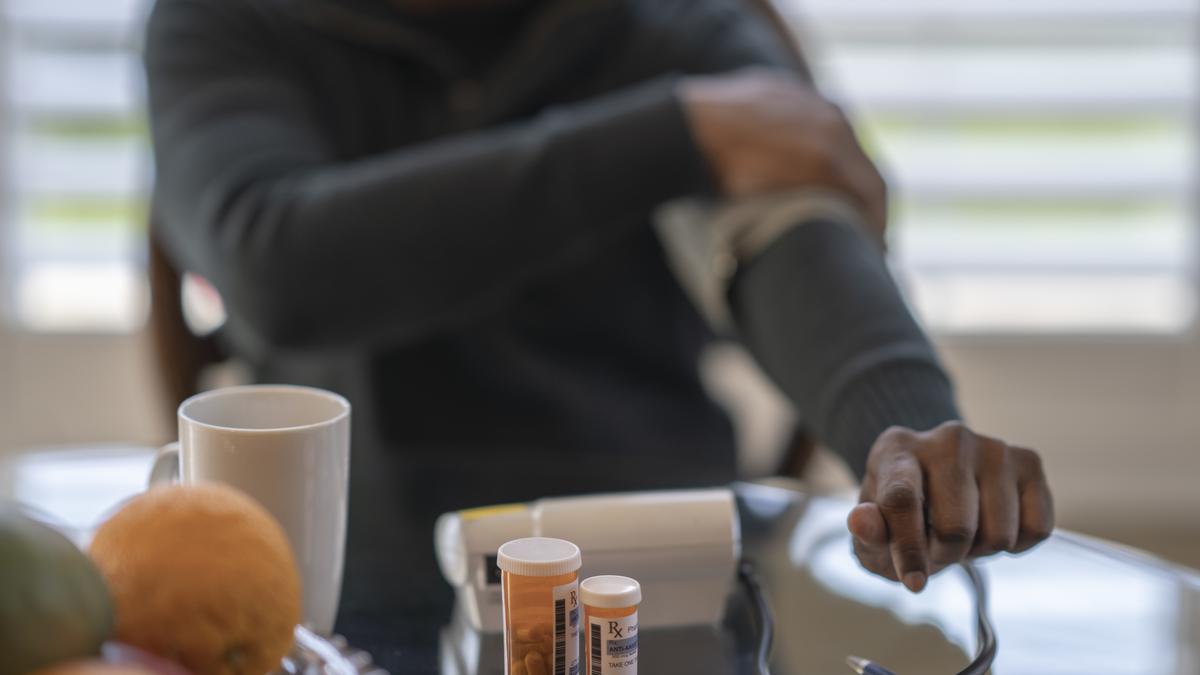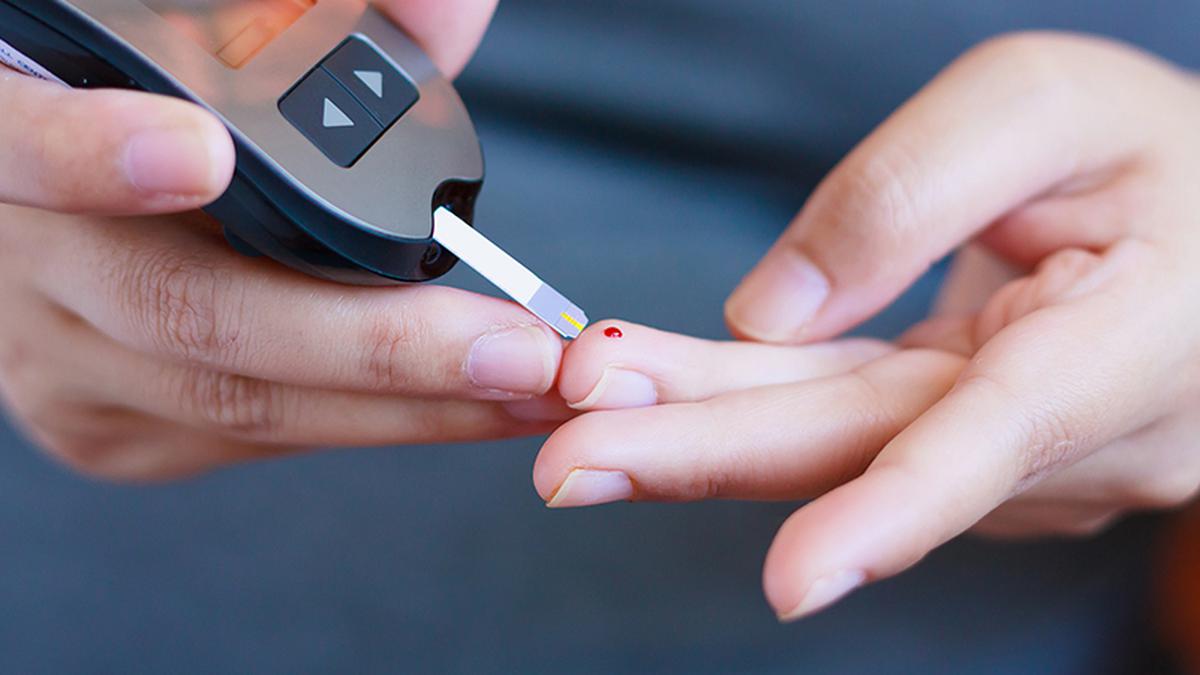High blood pressure, also known as hypertension, is often called the “silent killer” because it often goes unnoticed until it triggers severe health complications such as strokes, heart attacks, kidney damage, and heart failure. According to medical standards, the reading on a doctor’s BP monitor going above 140/90 accounts for hypertension. The World Health Organization (WHO) released its first-ever report on the global impact of hypertension this Tuesday, highlighting the devastating consequences of this widespread, yet often neglected condition.
The WHO report reveals that hypertension affects one in three adults worldwide, making it a significant global health concern. It is a condition that knows no boundaries, affecting people across age groups and geographical regions. The number of people living with hypertension has doubled from 650 million in 1990 to a staggering 1.3 billion in 2019, with nearly half of these individuals unaware of their condition.
According to the WHO report, nearly four out of five people with hypertension are inadequately treated. However, scaling up coverage could avert 76 million deaths between 2023 and 2050. The report reveals a doubling of hypertension cases from 1990 to 2019, with over three-quarters of affected adults residing in low- and middle-income countries.
“Diagnosing and treating hypertension is the simplest and most basic care even a nurse could give in the absence of a doctor at a primary health care facility, and there is no excuse for any country failing to scale this up,“ said Bente Mikkelsen, Director of Noncommunicable Diseases, WHO, in an online press conference on Tuesday during the release of the report.
India‘s BP Performance
Recent research on hypertension in India paints a similar picture. A recent systematic review published in The Lancet Regional Health, Southeast Asia and a community study published in Cureus highlights the growing prevalence of hypertension in the country, particularly among younger adults and those from lower socioeconomic backgrounds. The research papers emphasise that a significant portion of hypertensive individuals in India remain undiagnosed. The lack of awareness about the condition and limited access to healthcare services are critical factors in this trend.
The systematic review examined how well hypertension, or high blood pressure, is managed in India from 2001 to 2020. They found that only about 22.5% of people with high blood pressure had it under control in the most recent period from 2016 to 2020. The Cureus study showed that the number of people with high blood pressure in India increased from 20.4% to 22.8%, especially among those aged 15-49. While more cases are being found through screening, many people (around 58%) with high blood pressure do not know they have it, especially men, those with less education and money, tribal communities, and people living in rural areas. Even when people know they have high blood pressure, six out of ten do not start treatment, so there is a need for interventions to change their health-seeking behaviour.
“The WHO report accurately reflects on hypertension as a public health problem, a significant issue in India,“ said Saurav Basu, Assistant Professor, Public Health Foundation of India, and author of the Cureus study. Through their extensive community surveys, such as the National Family Health Survey (NFHS) and Noncommunicable Diseases (NCD) surveys, researchers such as Dr. Basu have also found what WHO has reported. “We know that many people in India with high blood pressure don’t know they have it, and even when they do, they often don’t receive proper treatment, leading to poorly managed high blood pressure,“ he added.
Lifestyle matters
The WHO report underscores the role of modifiable risk factors in hypertension. Unhealthy lifestyle choices, such as a high-salt diet, lack of physical activity, and excessive alcohol consumption, increase hypertension risk. This echoes the findings of the Indian research, which also highlights the impact of lifestyle factors on hypertension prevalence. Sedentary lifestyles, poor dietary choices, and high stress levels contribute to the rising incidence of hypertension in India.
The treatment gaps identified in the WHO report and the Indian studies have dire consequences, as uncontrolled hypertension can lead to life-threatening conditions. The WHO report emphasises the importance of lifestyle changes in lowering blood pressure, such as adopting a healthier diet, quitting tobacco, and increasing physical activity. It also highlights the role of affordable, widely available medications in effectively managing hypertension.
“There have been studies several years ago that showed that the average blood pressures across countries were tightly linked to the salt intake,“ said Tom Frieden, CEO of Resolve To Save Lives, a US-based NGO advocating cardiovascular disease prevention. “What we now see in some countries is that as the food gets unhealthier, we also see a big increase in the rate of hypertension – so what we need here is not just access to care but also promotion of healthier lifestyle to curb NCDs,“ he said during the press briefing.
Way Forward For India
The Indian research papers complement these perspectives by stressing the need for improved hypertension control strategies. They reveal that despite awareness of their hypertension diagnosis, a significant portion of patients in India do not initiate antihypertensive treatment. This indicates challenges in treatment-seeking behaviour and the need for educational and behavioural interventions. Despite a significant four-fold improvement in control rates over two decades, the rising prevalence of hypertension, especially among the poor and young adults, necessitates reevaluating national strategies. According to the WHO report, regional disparities are evident among different countries. However, WHO and Dr Frieden believe India does well.
“The government of India follows WHO‘s guidelines in remarkably expanding the heart care programs throughout the country among the health and wellness centres under community control,“ Dr Frieden said. However, the Cureus study identifies regional disparities within India. For instance, southern States such as Kerala and Tamil Nadu show better control rates than the western and north/northeastern – States in India.
Moreover, medication adherence is crucial for control. However, issues like forgetfulness in the elderly to take medication, medication availability, and affordability pose barriers. Limited research exists on lifestyle and risk factors, with social determinants such as education and caste systems playing a role. This calls for better data collection and evidence-based policies to address uncontrolled hypertension in India.
“Managing cases of high blood pressure that don’t respond well to treatment, especially when doctors hesitate to take action in primary care settings, is also a problem,“ Dr Basu said.. “Additionally, ensuring that people take their medications over the long term and close monitoring of complications related to high blood pressure, especially in those with diabetes, are major challenges in India.“ Consequently, the National Programme for Noncommunicable Diseases aims to provide proper care for 70 million people with high blood pressure in India, and its work amid the WHO report release is crucial, according to Dr Basu.
The economic aspect of hypertension management is a vital focus area of the WHO report. It underscores that prevention, early detection, and effective management of hypertension are among the most cost-effective interventions. “The economic benefits of improved hypertension treatment programmes far outweigh the costs,“ said Dr. Mikkelsen. This is a crucial point for India, where healthcare accessibility and affordability are significant concerns for people experiencing poverty.
(Vijay Shankar Balakrishnan is a freelance journalist based in Ludwigshafen am Rhein, Germany.)









